The Impact of Furniture
on Student Learning
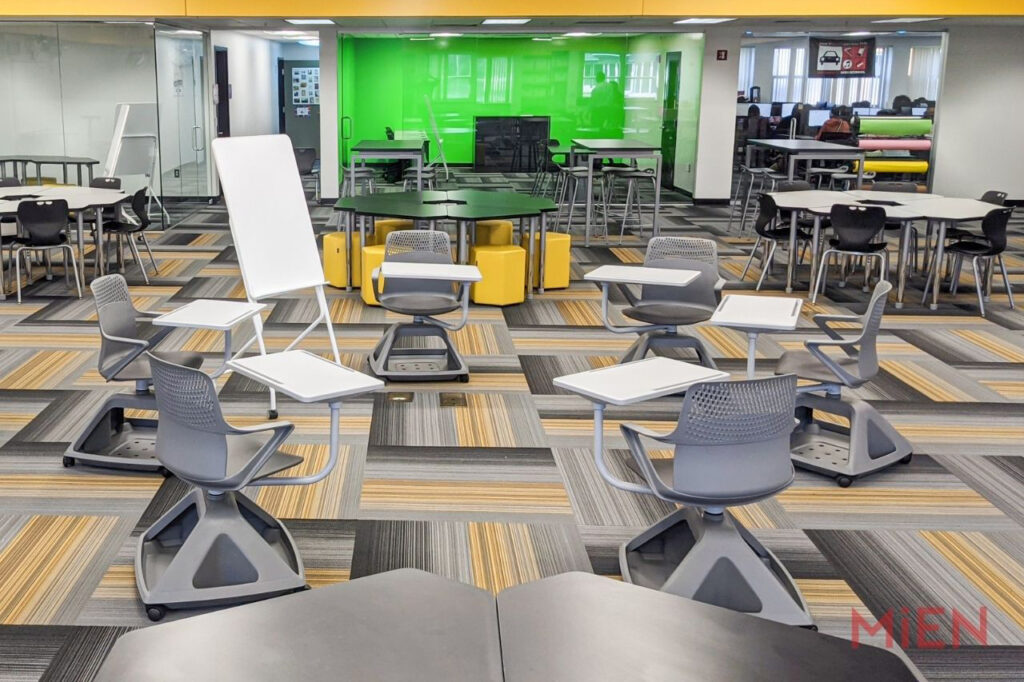
Effective classroom design plays a central role in creating innovative learning environments that support modern approaches to learning, and a key element of successful design for education settings is classroom furniture. The choice of furniture can significantly impact learning outcomes and educational experiences of students in both K-12 and higher education learning spaces. Modern school furniture designers and makers of office furniture for schools understand that fostering flexibility and collaboration through furniture specification is key to supporting innovation in classroom environments.
1. Ergonomic Design and Physical Comfort
One of the primary considerations in successful learning environments is well-conceived ergonomic design. In educational settings, students spend a substantial amount of time sitting, making the right choice of chairs and desks crucial. Maximizing comfort and minimizing fatigue play a significant role in students’ well-being and academic performance.
Research shows that mobile seating is among the most critical elements in student comfort. In a quantitative study of students’ perceptions of different seating styles in typical higher education classrooms, students consistently rated modern, movable chairs at the top of the list, and conversely rated traditional, fixed, tiered seating with table arms at the very bottom.
Uncomfortable seating or poorly designed desks can lead to distraction, discomfort, and even health issues, affecting a student’s ability to focus on learning. Investing in adjustable, movable seating and desks that cater to different body sizes and postures can enhance student comfort, and ultimately to a more conducive learning environment.
2. Collaborative Spaces and Flexible Seating Arrangements
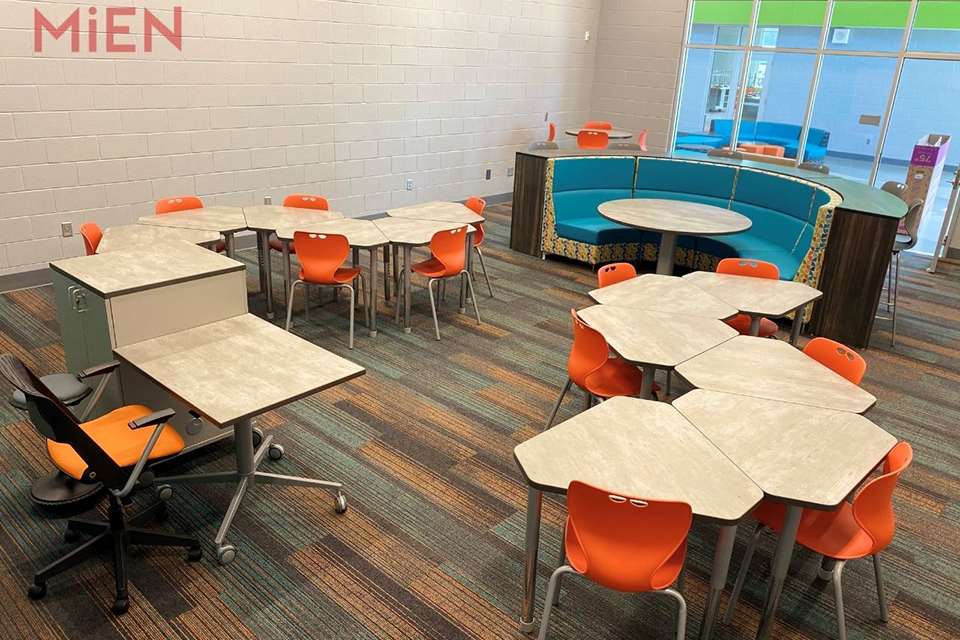
Today’s teaching styles increasingly emphasize collaborative learning and group activities. As a result, the traditional static classroom setup with rows upon rows of individual desks is evolving into more flexible, changeable, and collaborative spaces. That’s why flexible school furniture options play a vital role in fostering teamwork and interaction among students.
Classroom furniture that adapts for myriad different arrangements supports more dynamic teaching methods and enhances student engagement and participation. Movable work surfaces, like training tables that can be reconfigured when learning approaches change, and mobile chairs and modular seating allow educators to rearrange classroom furniture based on the activity or lesson format. Beyond adapting to various teaching styles and activities, these environments encourage students to work together, promoting a sense of community and shared responsibility for learning outcomes.
A recent study supports the belief that students in classrooms with flexible furniture exhibit more positive feelings about their classroom and their learning, when compared with students in traditionally configured classrooms.
3. Psychological Factors that Promote Motivation in Learning
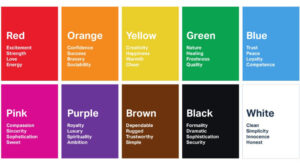
Beyond physical comfort and collaborative spaces, classroom furniture has a psychological impact on learners. Aesthetics, color, and overall design contribute to the atmosphere of the learning environment, influencing students’ mood, motivation, and overall wellbeing.
The aesthetics of an environment have a significant and often overlooked effect on the way we feel, and for learners it’s even more important as the way they feel directly impacts their attitude and mindset toward learning. Research suggests that students’ aesthetic environments have a significant impact on the way they feel—and that translates to a more positive attitude and mindset toward learning. Students learn more rapidly and retain information longer when their classroom environment is aesthetically pleasing. While outdated, fixed, or uncomfortable furniture may negatively affect students’ motivation and concentration, bright, inviting colors and thoughtfully chosen quality school furniture create an atmosphere that fosters creativity and enthusiasm. Image C/O https://londonimageinstitute.com/how-to-empower-yourself-with-color-psychology/
4. Inclusive Design for Diverse Learners
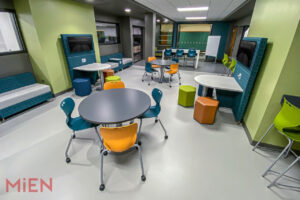
An increasingly important aspect of classroom furniture specification is its role in promoting inclusivity for diverse learners. Students with physical disabilities as well social, emotional and cognitive disabilities, may face challenges navigating traditional classroom setups. That’s why it’s essential to consider all of the universal design principles when selecting furniture to accommodate the needs of all students. Research into the implications of classroom design on engagement and equity show that when aesthetics are considered an essential element of modern classroom design, teachers empower students from diverse races, cultures, identities, and ability levels to have meaningful learning experiences.
Providing multiple means of representation, engagement, and expression is crucial for meeting the diverse needs of learners. Adjustable tables, accessible seating, and technology integration are examples of inclusive design elements that ensure a more equitable learning environment for students with varying abilities.
As educators work hard to accommodate diverse learners in their curriculum and approach, high quality, modern contract furniture that adapts well to learning environments provides new avenues to support a wide range of learners.
5. Seamless Technology Integration
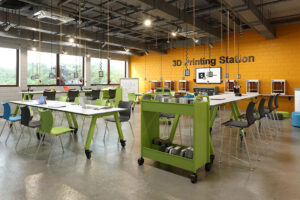
Technology integration is critical in modern classrooms. Classroom furniture that includes features that support technology integration—built-in power outlets, cable management solutions, and adjustable surfaces for digital devices, for example—create supportive learning environments where technology can be seamlessly incorporated into active learning experiences.
6. Environments Designed for Active Learning
Classrooms designed for “active learning” recognize the importance of students becoming engaged in their own learning, rather than being simply receivers of information. When students engage in the learning process through discussions, group work, and hands-on projects, they learn more.
Classroom furniture plays a role in creating environments that are conducive to active learning. Research published in the Journal of Learning Spaces suggests that flexible school furniture that reconfigures easily better supports a wide range of instructional strategies and facilitates interaction among students and between students and educators. This study found that when the same course content was delivered to students in traditional classrooms and those designed for active learning, active learning classrooms (ALC) provided better overall comfort, better sightlines to educators, and greater social connection.
Classroom Furniture is Fundamental to Classroom Learning
Classroom furniture is a fundamental component of the learning environment, significantly impacting students’ physical well-being, engagement, and overall academic performance. Ergonomic design, collaborative spaces, well conceived aesthetics, and inclusive design are all important considerations for designers who specify furniture for today’s innovative classrooms.
When designers integrate the findings of research on learning into their contract furniture choices, they’re more likely to create learning spaces that are not only comfortable and functional but also conducive to fostering a positive and inclusive educational experience for all students. As educational practices evolve, so too must the approach to designing classrooms that prioritize the diverse needs of learners and promote a holistic, supportive, and enriching learning experience.
Finding the Right Source
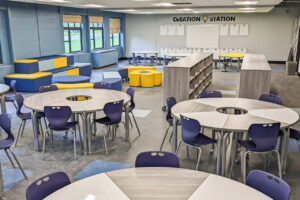
Finding the right partner is everything in designing good solutions in educational environments. Look for contract furniture dealers like WB Wood that bring a wide breadth of product offerings to the table and support their products with comprehensive furniture services and project management services that ensure your project stays within budget and on schedule, and that all the details, from specification to delivery and installation, are meticulously managed for your success.
Contact us to set up a consultation with our education specialist for our furniture procurement and design services.
